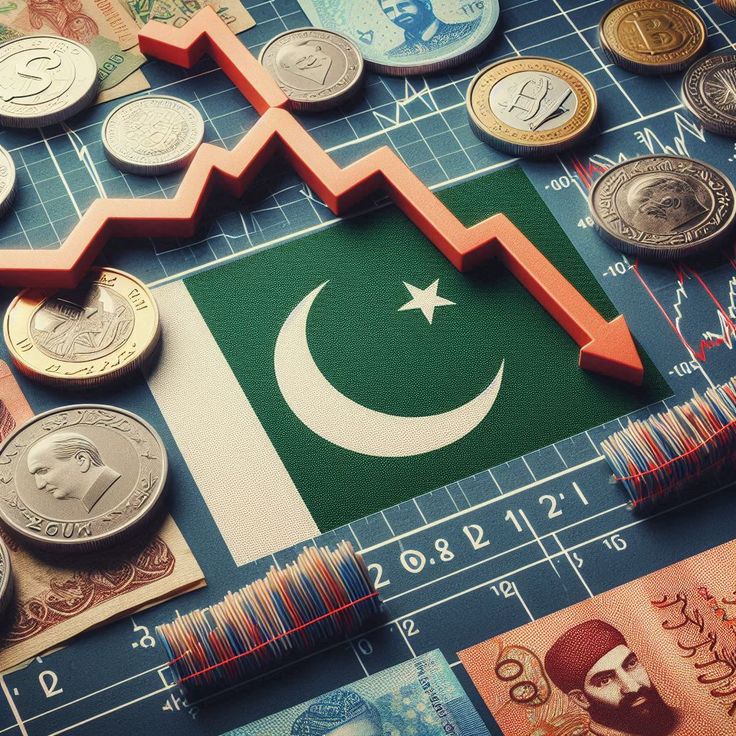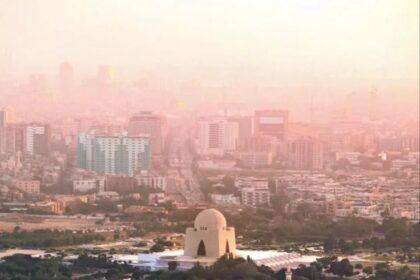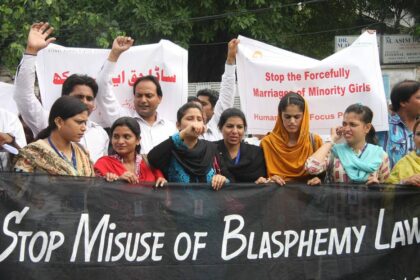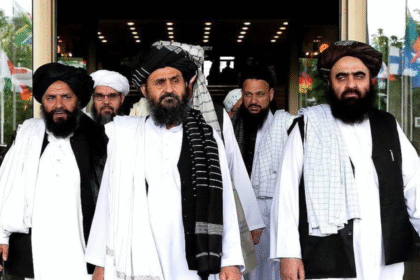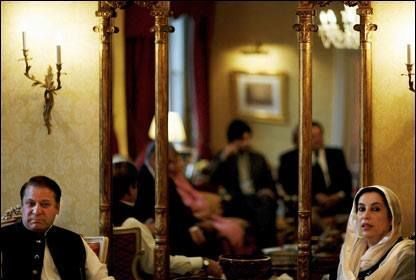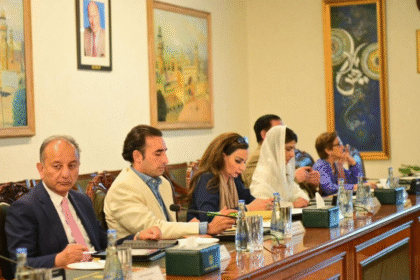Pakistan’s economic condition is significantly ill-adjusted, facing severe issues of increased dependence on loans, high rates of inflation, and a dysfunctional, negative balance of payment (BOP). These issues have greatly hindered the rate of development in the country’s natural resources and industries.
However, in recent years, there has been development to a considerable extent due to improved relations with neighbouring countries, such as China, in the form of the China-Pakistan Economic Corridor, but the issues still greatly outweigh the improvements.
Pakistan’s total debt in recent years amounts to $126.3 billion to a number of organisations, both private, multinational, and world organisations.
It has been markedly difficult for Pakistan to handle this debt due to slow growth and increased political instability. The lack of funds to initiate developmental projects is continuing to create a weaker economic system and is also giving way to unemployment. Due to this severe shortage of developmental work, the job market is shrinking, reducing household expenditure and tax contributions, both of which are extremely significant in boosting the country’s GDP. Industries are also not being provided with grants, reduced tax rates, or any special incentives for them to continue their operations in the country. This reduced amount of support in the industries further discourages them from investing in the country, both now and in the future.
Furthermore, the frequent changes in Pakistan’s governance have led to increased political instability. Due to the constant changes in policies made by the new parties elected to govern Pakistan, there is a lack of long-term consistency, which makes foreign investors and countries reluctant to invest in businesses and industries within the country. This leads to a reduction in foreign direct investment (FDI) and severely lowers the economic growth of Pakistan. Another reason for investor hesitation to contribute is also linked to the perception of instability related to the security in Pakistan. Even though many of these concerns come from the media or unverified sources, they contribute to a negative global image nevertheless. This hinders Pakistan’s ability to be viewed as a secure and promising market.
Moreover, Pakistan is facing a great issue of inflation. It has reached a record-breaking rate of over 25%, severely affecting the citizens of the country. From necessities to luxuries, everything has been priced beyond the reach of people. The government’s monetary and welfare schemes have also been affected due to this inflationary pressure, reducing their effect and reach.
With this, the energy crisis in Pakistan continues to intensify, preventing the country from developing products and expanding its industrial base, as well as reducing its ability to fulfil domestic demand. Pakistan continuously faces load shedding and power outages, which negatively affect the industries, leading to production delays, causing ill repute in global markets, and increasing the risk of machinery breakdowns due to power fluctuations.
However, through effective strategies and efforts, these can be overcome.
Firstly, it is important to relieve the debt. Pakistan’s government can try to negotiate the debt in return for providing creditors with reduced rates on exports. For example, the United States can be provided with processed cotton items, such as cloth and yarn, and they can be exported at a discounted rate for partial debt forgiveness. Another way is to take loans from international organisations, such as the International Monetary Fund (IMF), which can facilitate industrialisation. New industries or Export Processing Zones (EPZs) can be built through the loans, providing employment and improving export capacity by producing standardised products that can be utilised in export, improving the BOP, and correcting the rates of debt.
Secondly, to potentially solve the issues of political instability, the government and the opposition should come to a conclusion to solve their matters peacefully and civilly, preventing potential riots and strikes in the country. They should engage in a mutually acceptable political structure through which they can work together, implement suitable monetary and fiscal policies, and improve the economic conditions of the country. To maintain security and legitimacy, all parties should uphold the law, the constitution, and the democratic process.
Moreover, it is significant to reduce the inflationary pressure, which is severely affecting Pakistan and its civilians. To do this, the government has to focus on utilising the natural resources available within the country. If those natural resources, such as oil, that Pakistan exports the most are locally available, imports will be reduced, giving way to more development, employment, and economic prosperity, and no heavy taxes will have to be imposed on the population. Similarly, grants and incentives should be provided to farmers and manufacturers to locally produce more food and crops for the growing population and reduce imports. Suitable fiscal and monetary policies should be implemented by the government to achieve long-term economic stability as well.
Lastly, the energy crisis causes hindrances in several areas of importance, so to tackle this, ways of producing electricity through renewable and alternative sources should be implemented. Hydroelectric power stations, such as the Tarbela Power Station, should be increasingly made to result in long-term generation of energy. Many fast-flowing rivers and steep slopes are located in the Northern regions of Pakistan, where these stations can easily be set up with the help of neighbouring countries, world organisations, or multinational organisations. Similarly, investments in nuclear power stations, wind power stations, or thermal power stations should be encouraged. Geothermal power stations can also be established in volcanic areas, such as the deep valleys of Hunza and Gilgit or the foothills of the western Himalayas, including Tatta Pani in Azad Kashmir.






